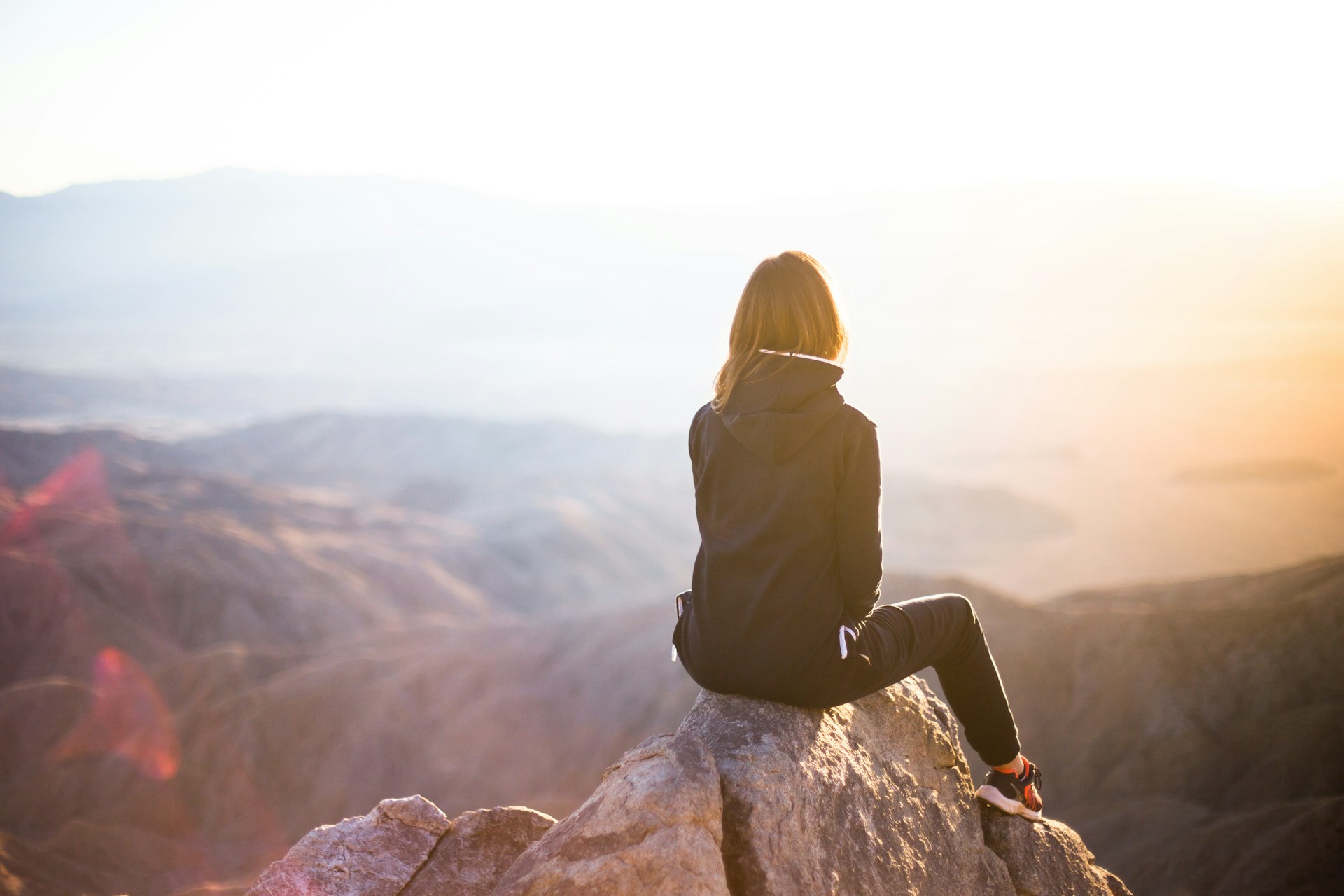Blessed with some of the greatest wildlife spectacles on earth, Botswana is one of Africa’s most exquisite safari destinations. It is perhaps the finest region for seeing predators and big game in great numbers that you can follow on exclusive game drives, mokoro tours, walking safaris and boat trips.
To the north, the Okavango Delta beckons, a labyrinth of lagoons covered in water lilies, palm-fringed islets and bird-rich swamps; a world-class attraction named after the river that meanders here. The eastern part, the Moremi Game Reserve, is the habitat of rare game such as wild dogs and marsh antelope and also four of the ‘big five’.
You will also encounter that foursome – lion, leopard, buffalo and elephant – in the nearby Chobe Game Reserve, named after Botswana’s other great river and known for its safari cruises. At the southernmost tip of the delta you’ll find the Makgadigadi and Nxai salt pans, which flood during the rainy season. This is the only place in southern Africa where you can see migrating wildebeests and zebras during spring! In addition, Botswana is known for one of the largest collections of petroglyphs in the world. They are hidden in the Tsodilo Hills on the edge of the Kalahari, the semi-desert that covers much of the country.

Seasons in Botswana
The seasons in Botswana can be divided into the wet and dry seasons, which run from November to April and May to October respectively. And although the high season lasts from June to November, we are convinced that our winters – depending on what you want to see during your trip – are a wonderful period to visit Botswana. Nature is lush and shines in all shades of green, there is an abundance of young animals and the temperatures are pleasant. And that is exactly why I traveled to Botswana again last December!

Fly-in Okavango Delta
In my opinion, the best way to travel from one island to another is to fly. When flying over the delta, you get a good idea of the pristine nature of this beautiful piece of earth. This is rightly one of the best regions on the continent for spotting wildlife. Ofcourse with the Big Five since the reintroduction of the rhino. For the returning safari-goer, not only the big game can be observed in good numbers, also the smaller animals such as the capricorn, common duiker, serval, caracal, bat eared fox and, one of the rarest predators, wild dogs are abundant. Birdlife is also fantastic, with about 600 species you won’t get bored easily!
First I visited the extreme southwest of the delta. Large Ilala palm trees interspersed with combretum, terminelia and sausage tree. The lodge I stay in is only five minutes from the landing strip but on the way we already see elephant, kudu, impala, bushbuck and a dozen bird species. In the afternoon we follow a large herd of buffalo, the icon of the African bush.

A 10-minute flight takes me to Chief’s Island, the most exclusive island of the delta. Chief’s Island is also called the land of plenty. This used to be the hunting ground of the local chiefs, the ‘Bechuana Kings’. The concentration of game here is enormous, promising one of the best wildlife experiences on the African continent. I encounter a great diversity of antelopes and the corresponding top predators: lion, hyena, wild dog, caracal and serval.
The next day I fly to the Abu concession, a private concession of 180,000 ha. I have heard so much about elephant conservation, I can’t wait to experience it and see it with my own eyes. The elephants, seven of them/two families, are kept in a large stable complex (partly in the open) and they are supported by a team of caretakers. Everything is taken care of in detail. The animals are happy, or at least I get that feeling. It is up to the elephants whether they stay or leave. Walking with the elephants is done among other wild animals. From seven in the morning until late in the afternoon, the elephants are free to go out into the wild. They may not return, the choice is theirs. I loved the time I spent with the elephants. We had barely started following them or we were surprised by a pack of 25 wild dogs. At the end of the walk, we were visited by a bull of about 30. The greeting was intense.

Then Vumbura, also a private concession, where you do not encounter any tourists. A beautiful area where we made excursions on the lagoons and rivers both with a mokoro (in shallow water) and with a speedboat (in deeper water because of hippos and crocodiles). Vumbura is best known for its many different species of antelope including the Sable antelope, large herds of buffalo and for its healthy lion population.
My last stop is Linyanti, the best place to see roan and thousands of elephants, as well as packs of wild dogs. Phenomenal! Linyanti is much quieter than the downriver Chobe National Park, which is easy for day tourists to reach from Victoria Falls and Livingstone.

Conclusion
Botswana in the rain, with all its colors and smells; I can recommend it to anyone. It’s not just the awe-inspiring nature that Botswana is known for. You will be accompanied by the best guides on the continent and the accommodations are top notch. Small unique lodges in the middle of the nature where service and hospitality are self-evident. Treat yourself to an unparalleled wilderness experience. Where the world can’t find you…
Jozef Verbruggen is Director and Owner of Untamed Travelling. Untamed Travelling is a travel designer that specializes in high-end bespoke travel experiences around the globe.
If you would like to be a guest blogger on A Luxury Travel Blog in order to raise your profile, please contact us.




